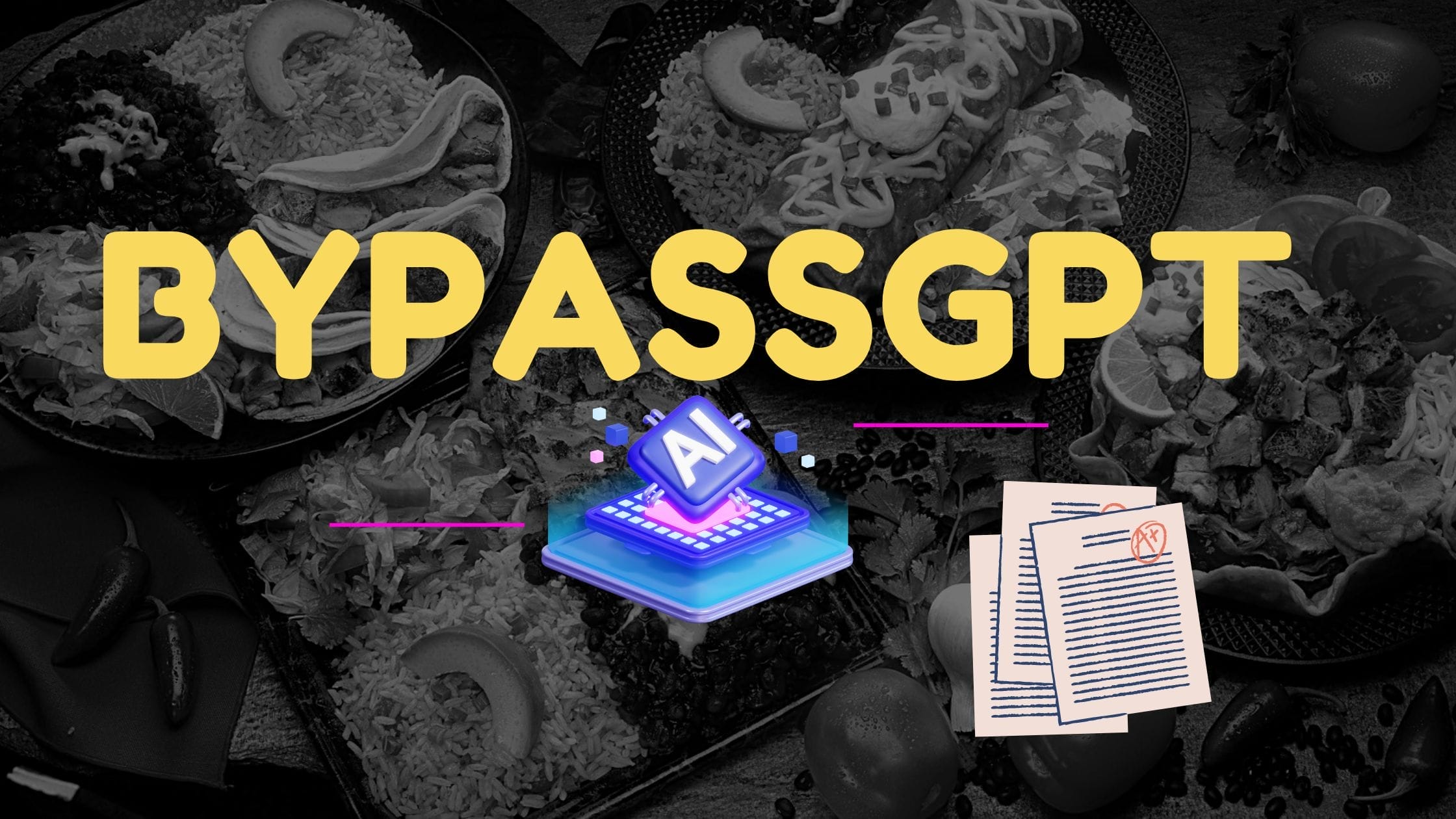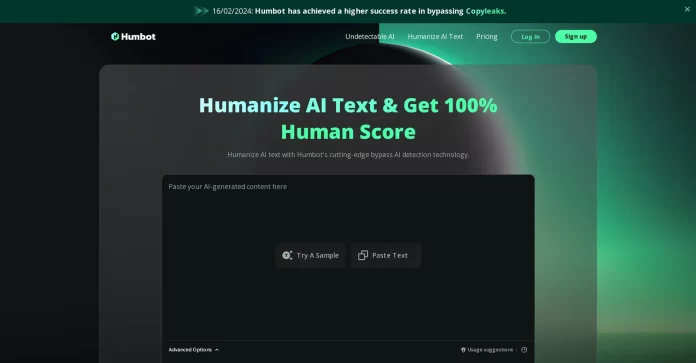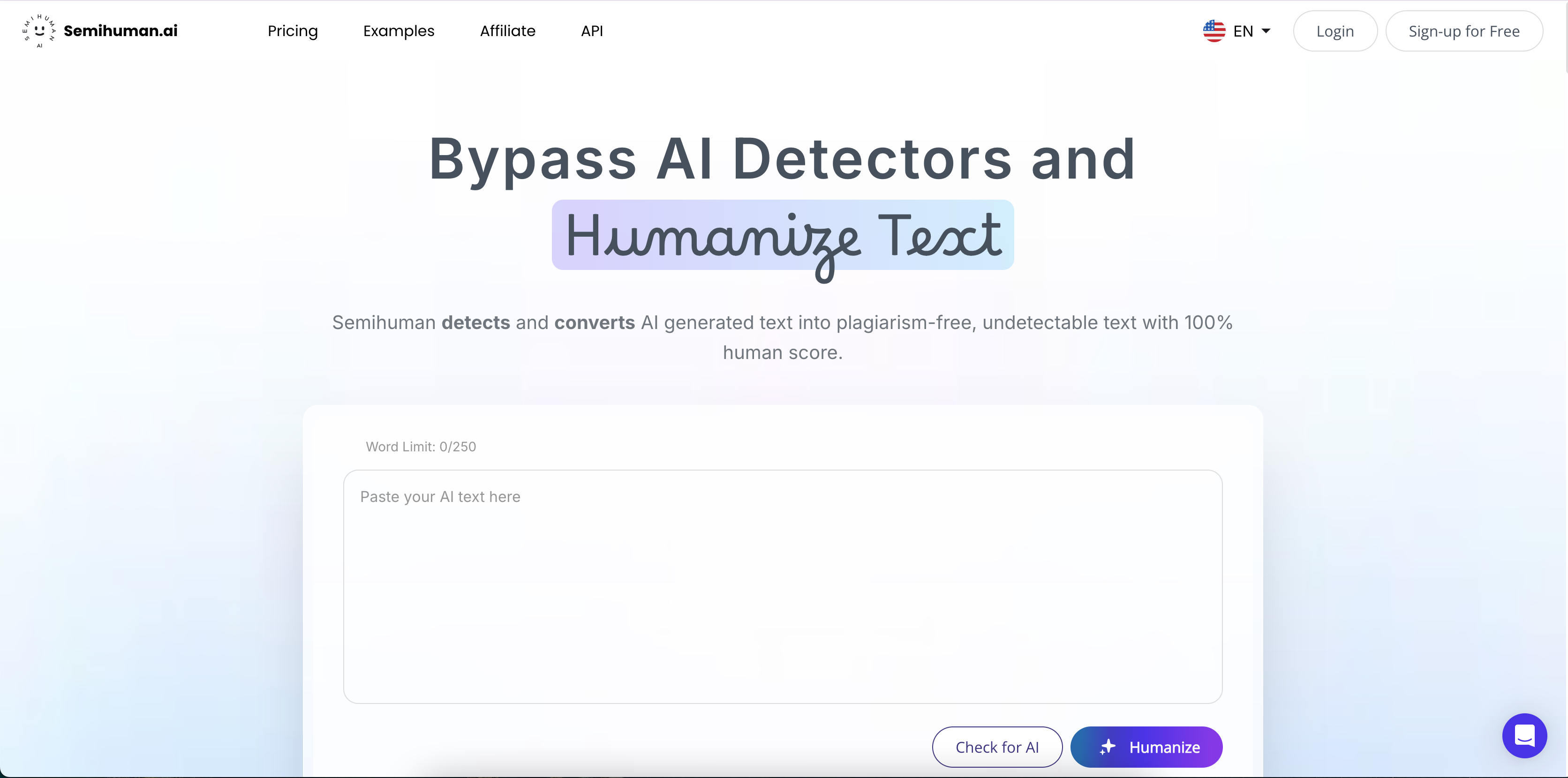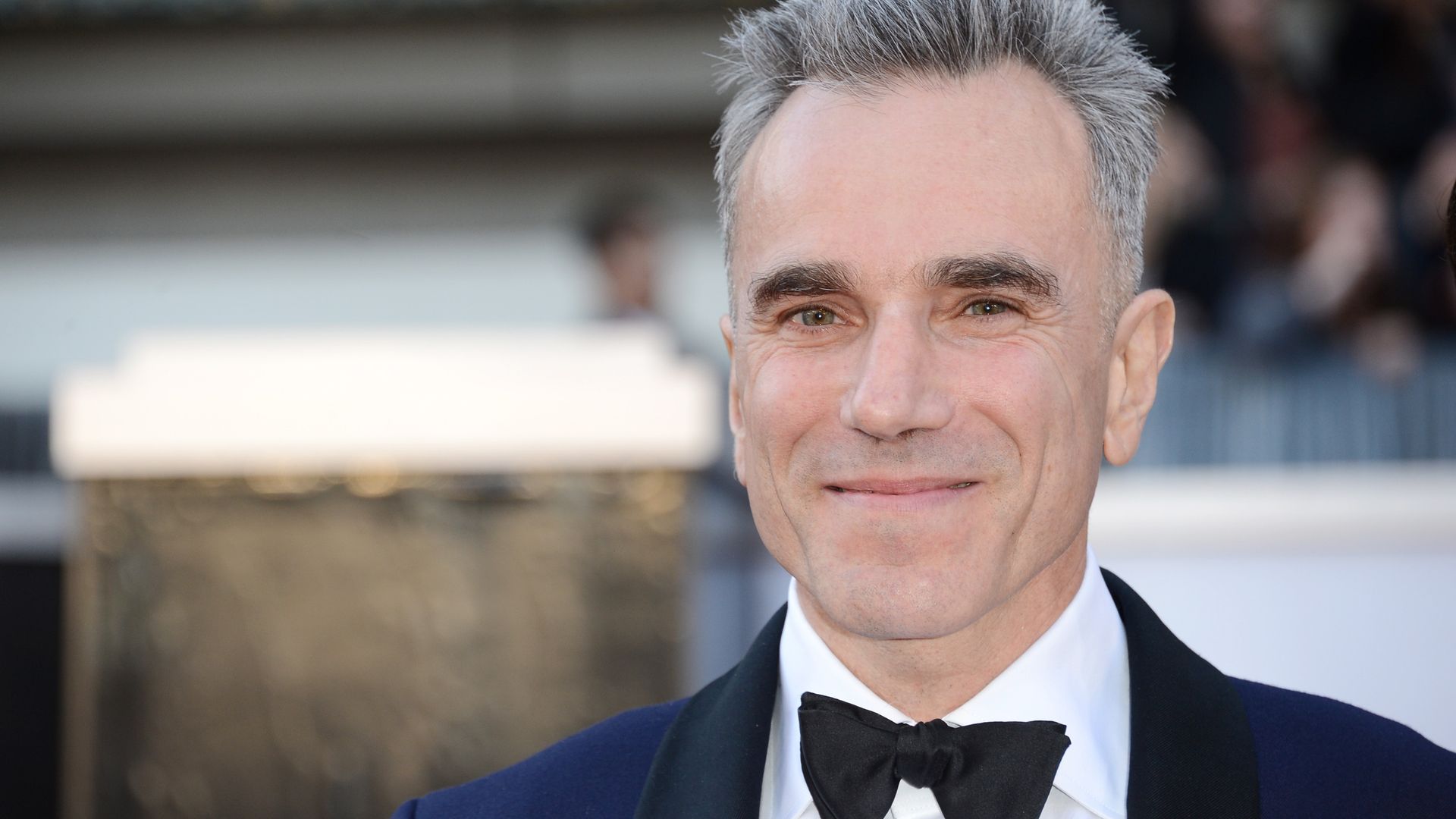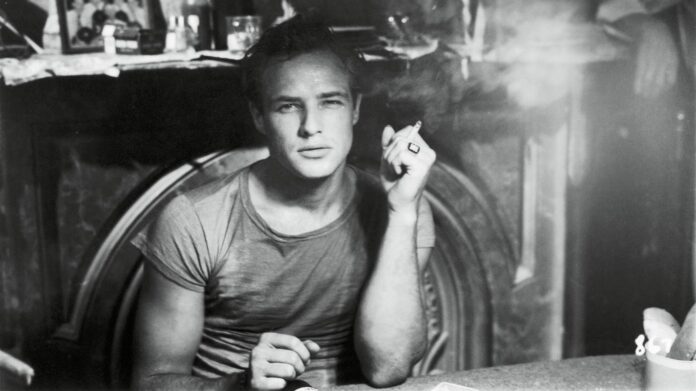Kamal Haasan, born on November 7, 1954, in Paramakudi, Tamil Nadu, India, is a renowned Indian actor, filmmaker, and politician whose career spans over six decades. Known for his versatility and dedication to his craft, Haasan has left an indelible mark on Indian cinema and is celebrated for his commitment to socially relevant themes and innovative filmmaking. He is a recipient of multiple awards, including four National Film Awards and 19 Filmfare Awards, and is regarded as one of the most influential figures in Indian film. Kamal Haasan Biography, Age, Height, Model and Wife
Early Life and Career Beginnings
Kamal Haasan was born into a Tamil Brahmin family with a strong affinity for the arts. Encouraged by his mother, who was a movie enthusiast, he was introduced to the world of cinema early in life. He began his acting career as a child artist at the age of six with the 1960 Tamil film Kalathur Kannamma, which earned him the President’s Gold Medal, marking the start of a lifelong journey in the film industry.
After taking a hiatus from acting to focus on his studies, Haasan returned to the film industry as a teenager, working as an assistant choreographer and later appearing in supporting roles in films. By the early 1970s, he had made his mark as an actor, gaining recognition in both Tamil and Malayalam cinema. His breakthrough role came with Apoorva Raagangal (1975), directed by K. Balachander, where he played a rebellious young man in a relationship with an older woman. This collaboration with Balachander proved to be instrumental in Haasan’s career, as he began to take on roles that challenged conventional storytelling and showcased his unique acting abilities.

Rise to Stardom
The late 1970s and 1980s marked Kamal Haasan’s ascent as a leading actor in South Indian cinema. He quickly established himself as a versatile actor capable of portraying a wide range of characters. His dedication to his craft was evident in films like 16 Vayathinile (1977), where he played a village simpleton, and Sigappu Rojakkal (1978), in which he portrayed a psychopathic killer. His ability to slip into complex, often morally ambiguous roles set him apart from his contemporaries.
Haasan’s talents were not confined to acting alone. He ventured into screenwriting and direction, showcasing his commitment to a holistic approach to cinema. In Moondram Pirai (1982), known as Sadma in Hindi, he portrayed a man caring for a woman with amnesia. The film, along with his heart-wrenching performance, was critically acclaimed, earning him a National Film Award. His performance in Nayakan (1987), directed by Mani Ratnam, further solidified his reputation as one of the finest actors in India. Playing an underworld don inspired by the real-life figure Varadarajan Mudaliar, Haasan’s portrayal was raw and intense, earning him another National Film Award and international recognition.
Experimental Filmmaking and Innovation
Kamal Haasan’s love for experimentation and pushing boundaries is evident in his choice of roles and projects. Indian (1996), directed by Shankar, saw him playing a dual role, including an aged freedom fighter who takes the law into his own hands to punish corrupt officials. This performance earned him another National Film Award. Known for pushing the limits of makeup and technology in Indian cinema, he went on to play ten different characters in Dasavathaaram (2008), showcasing his dedication to the art and his willingness to endure hours of makeup for a single film.
Another notable film in his experimental journey was Hey Ram (2000), a historical drama set during India’s partition, in which Haasan not only acted but also wrote and directed. The film was controversial for its themes but garnered critical acclaim for its storytelling and ambition. Haasan’s innovative approach to film can be seen across genres, from comedies like Panchathanthiram (2002) to action thrillers such as Vishwaroopam (2013). In Vishwaroopam, he tackled themes of terrorism and global conflict, drawing inspiration from his global outlook and bringing Hollywood-level action sequences to Indian audiences.
Entry into Politics
In 2018, Kamal Haasan formally entered politics, founding the party Makkal Needhi Maiam (MNM), a centrist political party based in Tamil Nadu. His entry into politics was driven by a desire to address corruption, improve governance, and contribute to social welfare. With his charisma and mass appeal, he quickly gained a substantial following. However, his political journey has been challenging, as he strives to navigate the complexities of Tamil Nadu’s political landscape. His political ideology emphasizes rationalism, social justice, and inclusivity, reflecting his secular and progressive views. Haasan’s transition from cinema to politics demonstrates his commitment to public service and his belief in contributing to society beyond the film industry.
Legacy and Influence
Kamal Haasan’s impact on Indian cinema is profound. His dedication to authenticity, craft, and storytelling has inspired generations of actors and filmmakers. Haasan is often credited with elevating Tamil cinema to global standards, infusing it with new narrative structures, technological advancements, and character-driven stories. Known for his humanitarian and secular views, he is also an advocate for various social causes, including education, environmental conservation, and healthcare.
He has been recognized with numerous awards and honors, including the Padma Shri in 1990 and the Padma Bhushan in 2014, two of India’s highest civilian awards. His contributions extend beyond just acting and filmmaking; he has been a mentor, philanthropist, and a vocal proponent for artistic freedom and creative expression.
Personal Life
Kamal Haasan has had a colorful personal life, with relationships often making headlines. He was married to dancer Vani Ganapathy and later to actress Sarika, with whom he has two daughters, Shruti and Akshara, both of whom have pursued careers in the entertainment industry. His relationships and marriages have been well-documented, but he has maintained a respectful and dignified approach to his private life, focusing on his art and social work.
Conclusion
Kamal Haasan’s journey from a child artist to an actor, filmmaker, and politician is a testament to his versatility, resilience, and relentless pursuit of excellence. Known for pushing the boundaries of Indian cinema, he has created a legacy of thought-provoking, innovative films that continue to inspire and influence Indian cinema. His contributions as a multi-talented artist and his commitment to social causes have cemented his status as a true icon, leaving a lasting impact on Indian culture and society.




